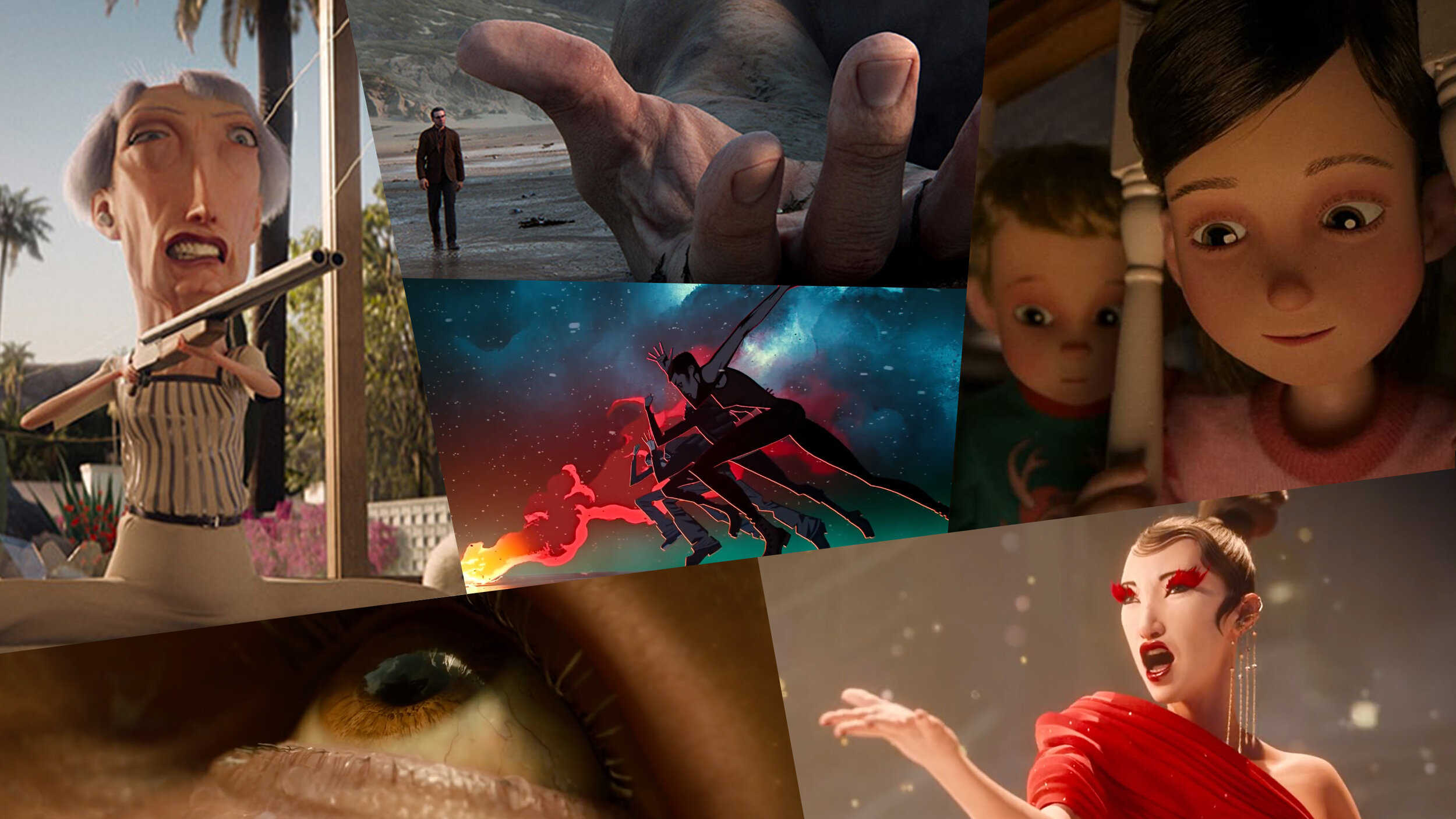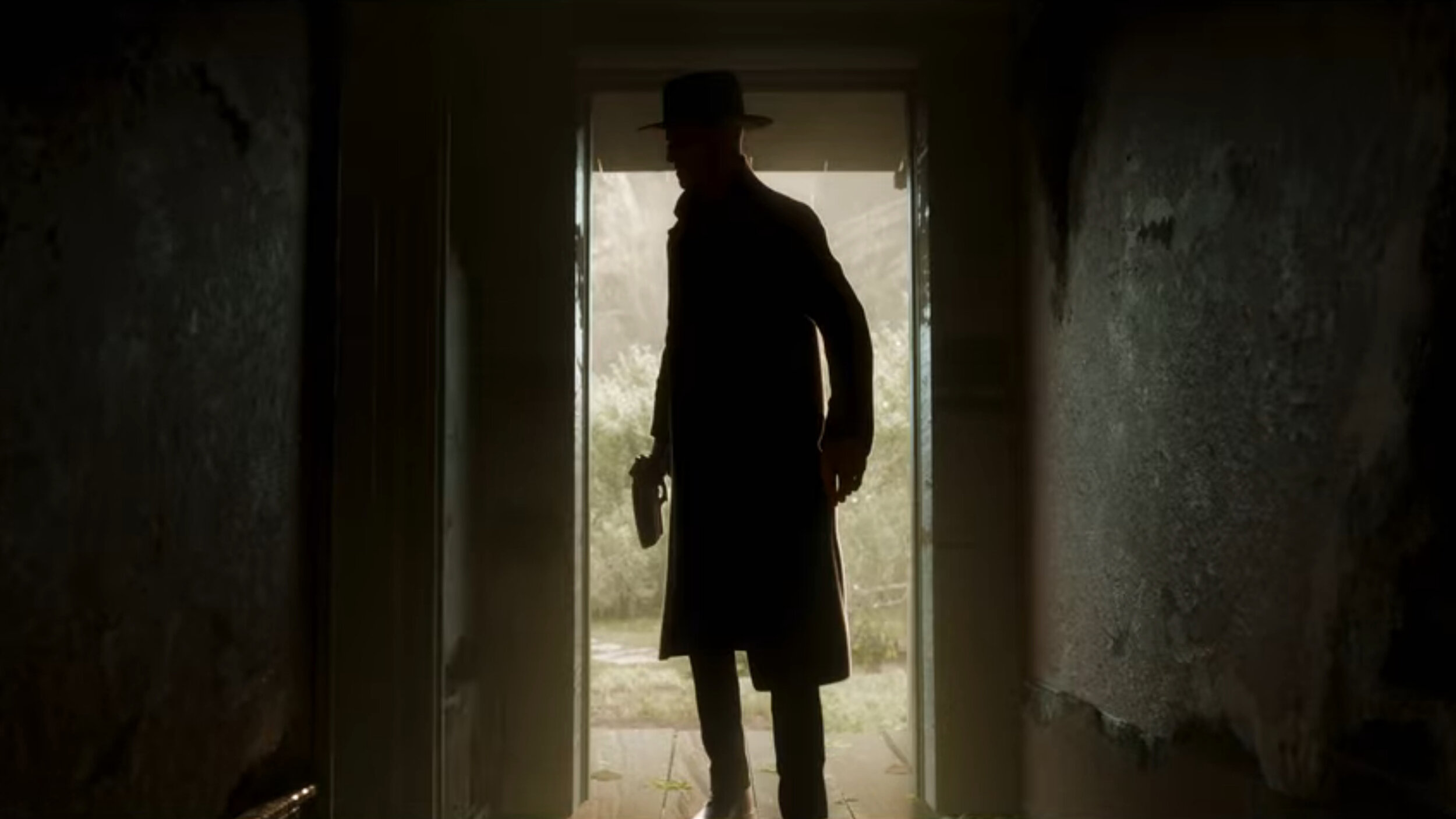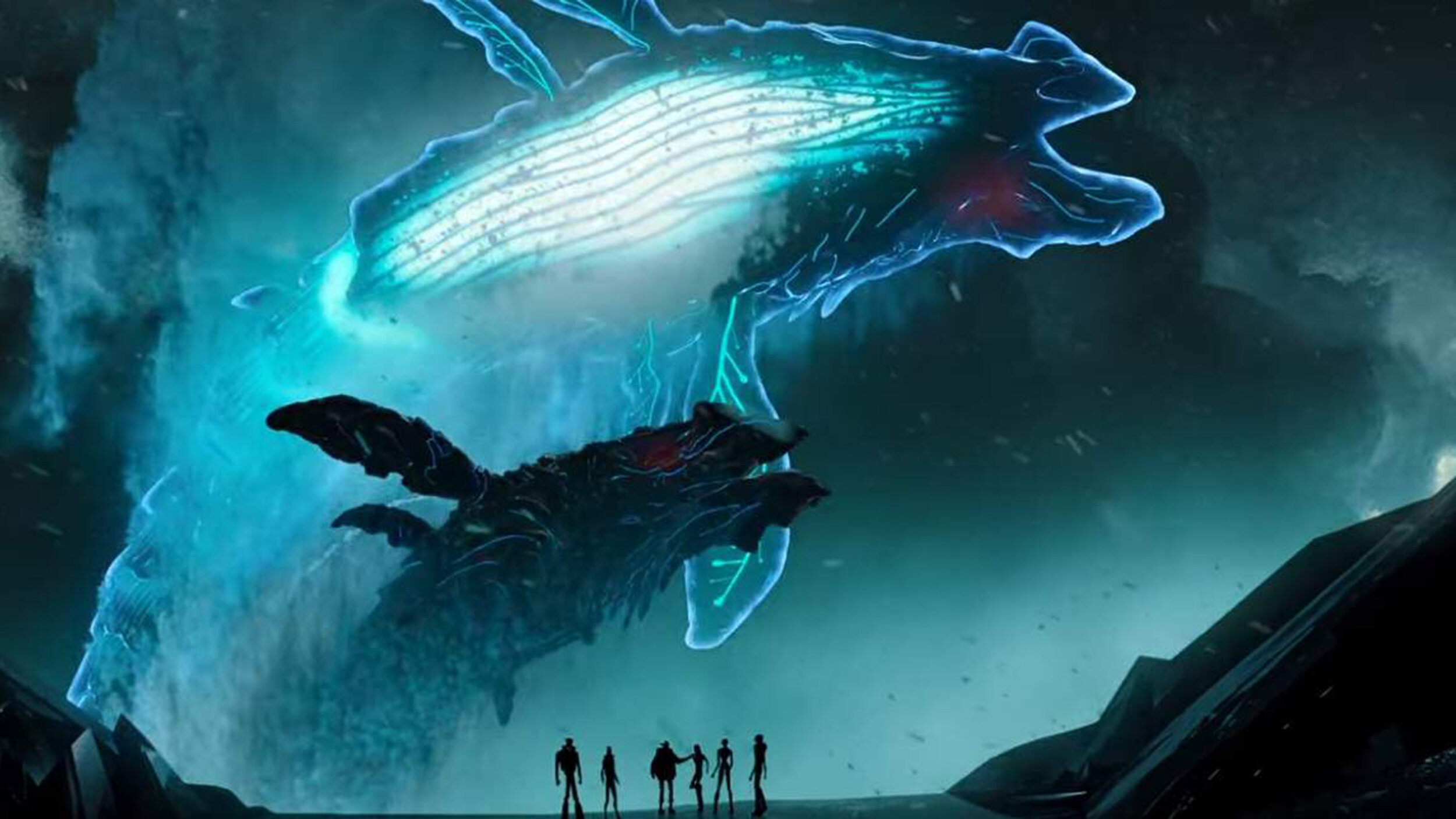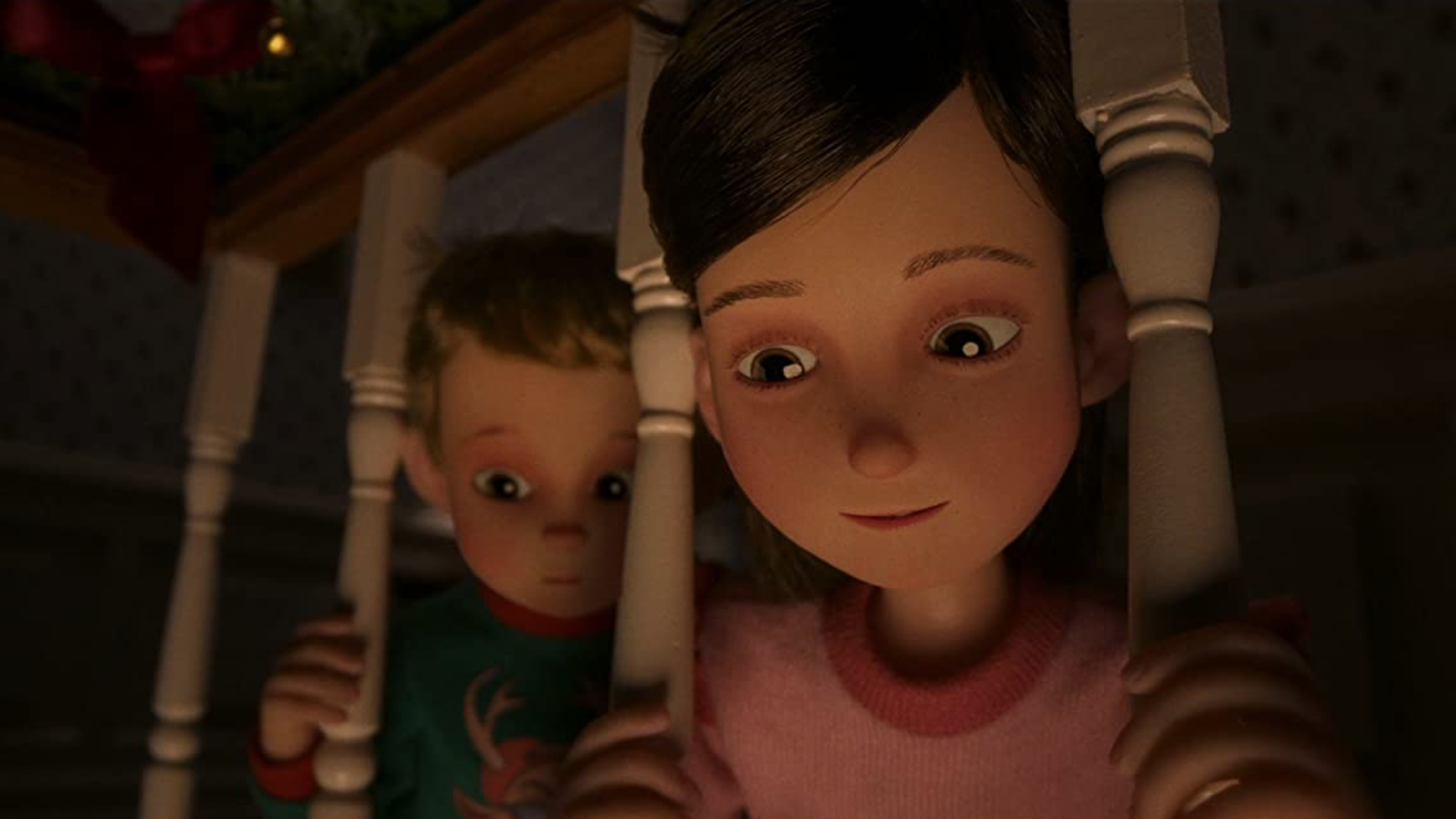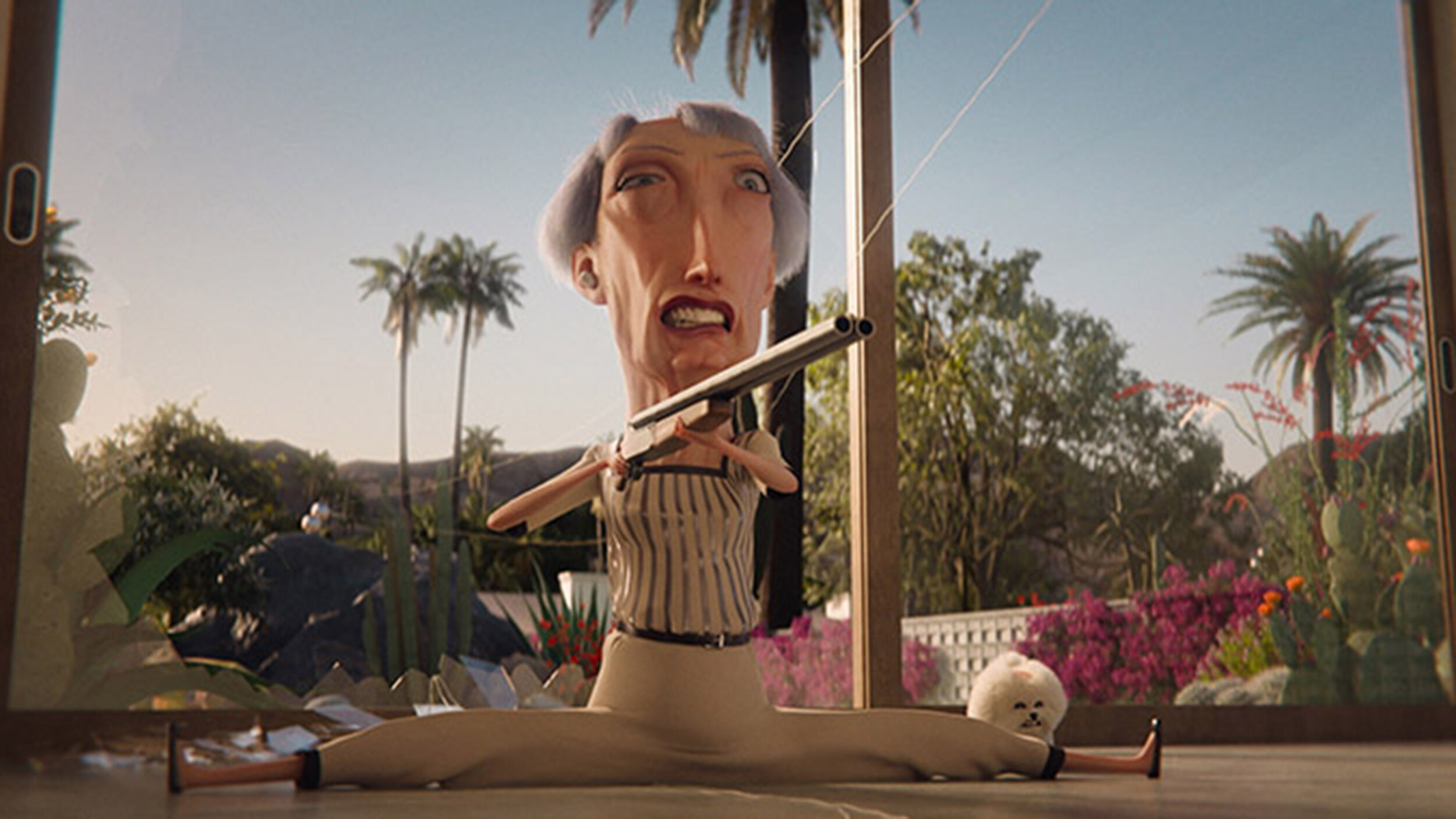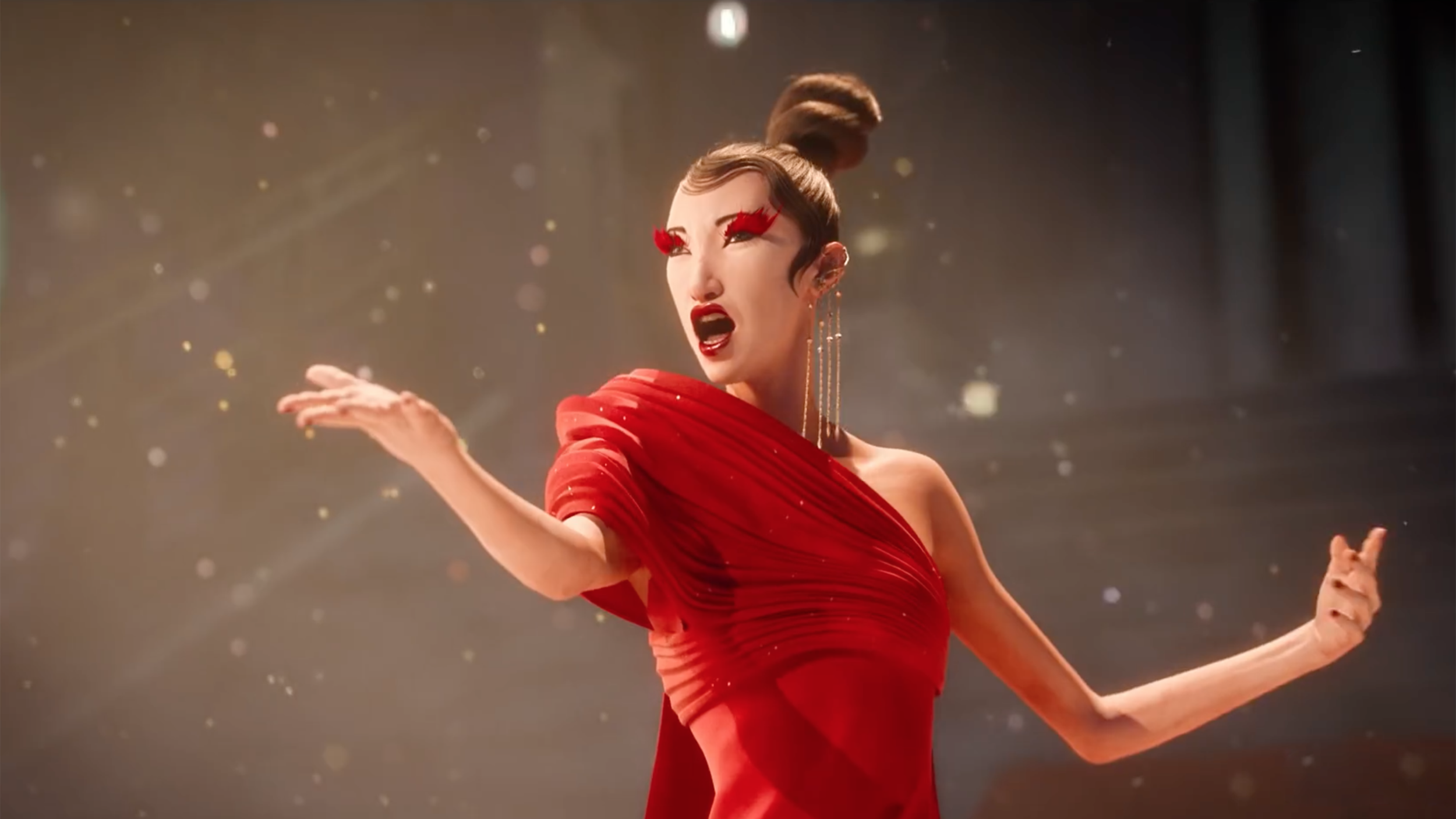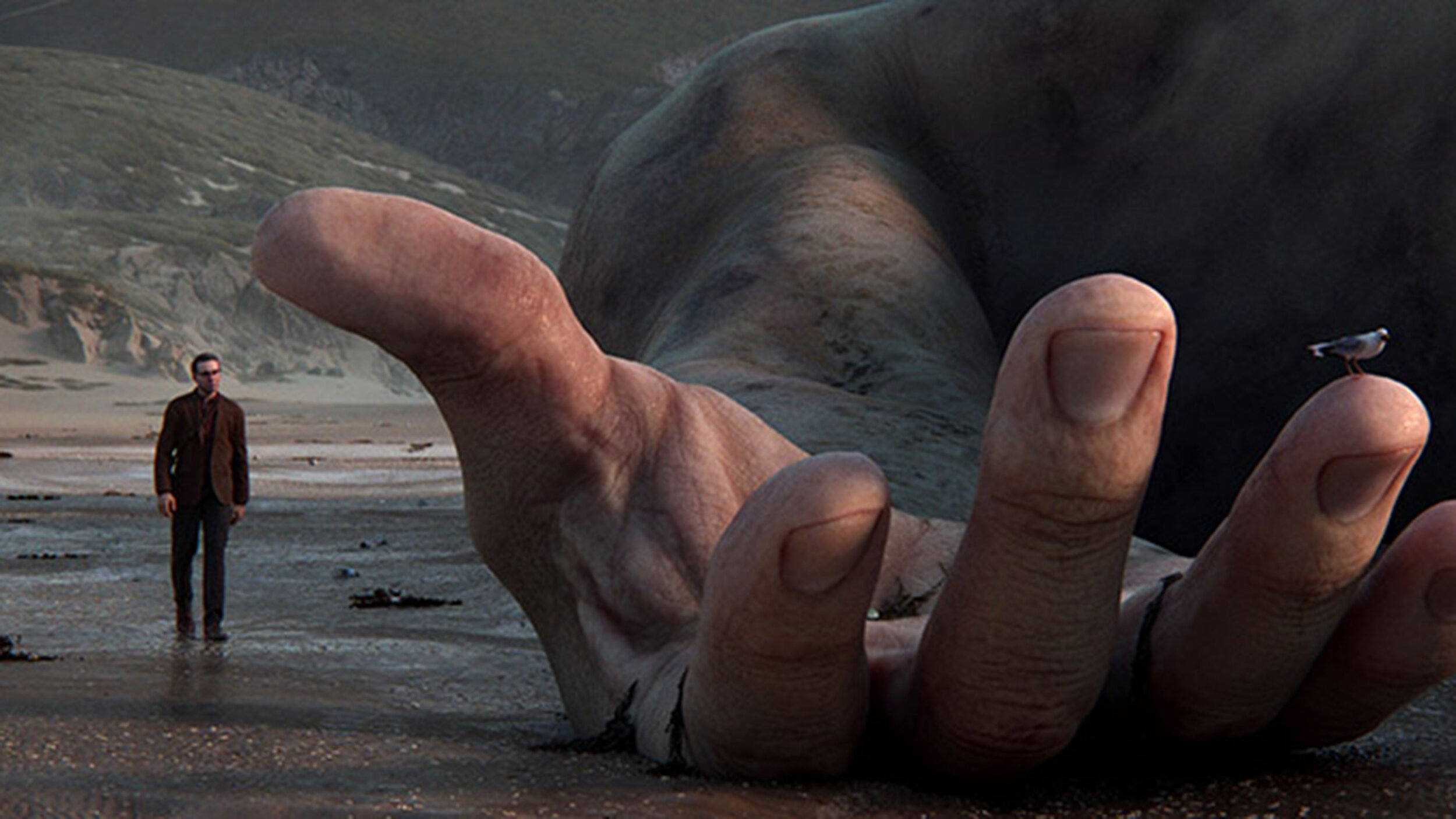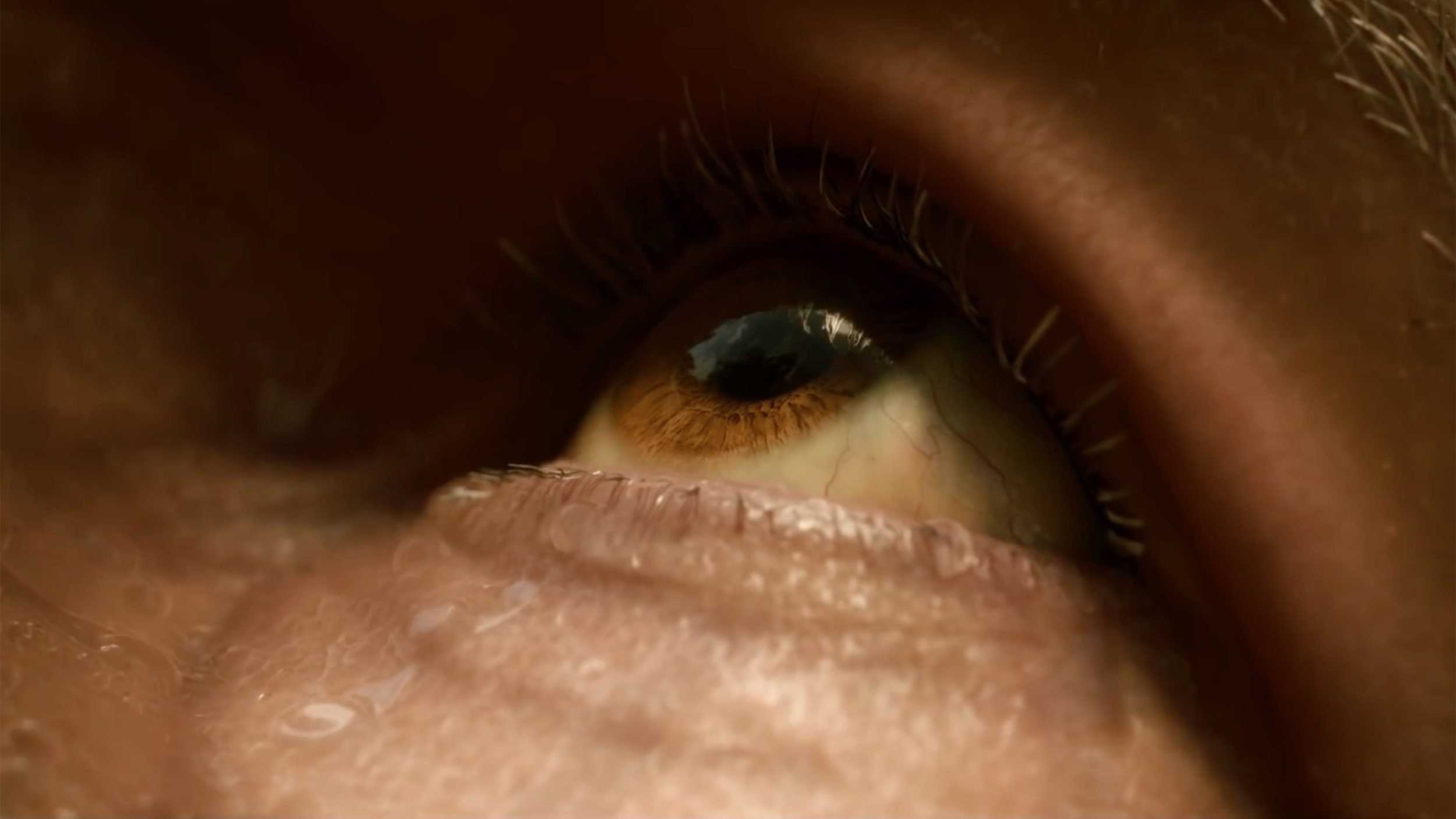Review: ‘Love Death + Robots Vol. 2’ Continues Delivering the Goods
“It’s… it’s just what I wanted.”
It took well over a decade for Tim Miller and David Fincher to get their Heavy Metal inspired anthology series off the ground. Beginning as a movie pitch that failed to garner studio interest, the duo’s pet project eventually found a home at Netflix in the wake of both Deadpool’s and Mindhunter’s success. The idea, entitled Love, Death + Robots, was to create a compendium of animated shorts sourced from different creative teams that would tackle various science-fiction premises and themes. The far reaching and all-encompassing nature of the project, in tandem with the creative freedom afforded by generous producers like Miller, made for a series that included anything from human-controlled, alien battle beasts to sentient yogurt that assumes control of the human race. Within the spectrum of those two ideas, as long as it had some tangental relationship to love, death, or robots, it was fair game the series.
Two years on from the original batch of eighteen shorts released in Spring 2019 and after much anticipation, we finally have a second season in hand. For the fans, this is a continuation of everything that made Volume 1 so beloved, and though there are only eight episodes this time around, they all feel right at home within the ethos the series has cultivated: telling stylized, bite-sized stories that engage with the science-fiction genre in compelling and creative ways.
Love, Death + Robots often occupies itself with addressing the human condition, a core pillar of the science-fiction genre more broadly. Despite having fictionalized stories and taking place in worlds outside our own, the genre is at its best when it holds a mirror to our reality and reveals an inherent truth about our mortal existence — the number of ways this can be expressed lends itself well to the anthology format. One short might engage with the requisite criteria of being human, another the cosmic significance of action and inaction in the grand scheme of the universe. But perhaps the best parts about Love, Death + Robots is how it can cover any number of those themes in short order.
“The Drowned Giant” from Volume 2 best represents the grand existential themes associated with the genre. The day after a torrential storm hits the coast of Britain, a deceased giant washes up on the coast (a la Gulliver’s landing of Lilliput). Narrating the short is a scientist who has traveled to see the colossus for himself. He orates his fixation with the giant as he expresses awe towards its mere existence and pity once the body starts to decay from human defacement and natural causes. On one hand, there is an environmental allegory at play; as tiny humans ruin the natural features of the mammoth corpse, parallels are drawn to the similar lack of respect shown to Earth, a terrestrial giant sitting right beneath our own two feet. On the other, there is a melancholic thread tying the inevitable erosion of our own body that comes with age, an unavoidable plight of human existence. Of all the shorts in Volume 2, this Tim Miller directed short proved the most pensive and poetic, a surprise all around given Miller’s oeuvre.
In the same category of thought-provoking sci-fi is “Pop Squad,” direct by Jennifer Yuh Nelson. In the distant future, a medical breakthrough has enabled eternal life. The downside is runaway overpopulation. As a solution, society has outlawed procreation and mandated that any child born thereafter be killed. In a tiered society, those who live above the clouds are immortal, abiding to the fertility law in exchange for a life of aristocratic opulence. Those below are not only impoverished, but they are also known to harbor children in secret. Assigned to hunt down those children, is a government agent who starts to become grief stricken after successfully completing his latest assignment.
“Pop Squad” owes much to Ridley Scott’s Blade Runner, both in narrative similarities and aesthetic design. Children take the place of replicants and a wet, decrepit underbelly at the bottom of built up city is almost one to one with Scott’s vision of a 2019 Los Angeles. There’s even a not so subtle reference to the glorious ‘Tears in the rain’ scene’ in case there were any doubts of the short’s influence. In spite of its derivative nature, “Pop Squad” still has an idea to call its own. At the short’s climax, when the officer confronts killing a child once again, the short begins to contrast eternal living with finite existence, reflecting on the value we assign moments in time based on the concept that existence is ultimately short lived. To truly live means to know of the scarcity of time. Perennial living strips meaning from actions, events, or milestones simply because perpetuity suggests it will happen again. On an existential level, “Pop Squad” does not miss.
Some shorts in the lot are, by design, less focused on the grand thematic expanse of science-fiction. Rather, they exist more narrowly within the aesthetics and story beats of the genre, and excel on executing on their premises. More often than not, these are the comedic shorts of the bunch. They’re weirder and typically more concentrated, but they speak to the pervading notion of variety within Love, Death + Robots.
One such short was the Blink Industries produced stop motion short “All Through the House.” On Christmas eve, two siblings hear the rumblings of one Saint Nick down in their living room. They tiptoe ever so quietly down the stairs in their pajamas, optimistic they can finally catch a glimpse of Father Christmas. But their wishful thinking is soon dashed after the Christian legend they’ve heard in stories isn’t what they find before them. A simple punchline on the back of superb execution is what makes “All Through the House” a personal favorite of mine. A clever subversion turns the sugarplum atmosphere of a cold winter night into a taught thriller that dangles morbidity in the face of two children. The short concludes with a humorous resolve that subverts yet again and makes for a moral advisory for anyone even thinking of being naughty throughout the year. Paired with absolutely delightful and clean stop motion animation, this Yuletide entry is a textbook example of good things coming in small packages.
“Automated Customer Service” takes place in a futuristic retirement community reminiscent of Florida’s Villages where senior citizens live in a robotic utopia. One such electronic is the Vacubot which will gladly clean your home provided it doesn’t malfunction and turn hostile. Such a scenario becomes reality for one resident who frustratingly pleads with customer support — also a robot — as she evades laser beams, vapor waves, and hydraulic tentacles that are trying to eradicate her. Robotic betrayal is a dime-a-dozen concept, but with sight gags and comedic back-and-forth arguments, at least “Automated Customer Service” makes our impending Skynet future a cautionary tale nestled inside a light-hearted romp.
After a few episodes, you’ll probably start to notice how striking the animation is throughout the series. Anyone who has seen Volume 1 already knows just how varied the visual styles can be from episode to episode, and Volume 2 is a continued showcase of what animation teams can do when they have Netflix money and aren’t relegated to the traditional look of Pixar or Dreamwork animation.
The aforementioned “All Through the House” is the first instance of stop motion animation in the series while “Pop Squad” is emblematic of superb art direction, but this season, the two stunners are “The Tall Grass” and “Ice.” The former uses a painted, brush stroke look in combination with 3D visuals to stylize an eerie tale of a traveler lost in an overgrown field after he’s lured away from his haunted train by glowing orbs. The latter leverages cel shaded animation as its style of choice for a story about a competitive brother who lives on a cold, off-world colony planet as the only individual without mods (bionic enhancements that enable extraordinary capabilities); one night, the young teen sneaks out with his modded brother and his modded friends to race against one another across frozen ice where mating bioluminescent whales are known to break through the ice. All the Love, Death + Robots shorts have some artistic merit to them, but of this year’s batch, these are the two that really leverage the medium. It has become quite common for CGI animations to converge on one general look, particularly at the feature level, so instances where animators diverge from the norm have coincidentally felt like a breath of fresh air.
Rarely is a shorts programming without its weaker offerings, and Volume 2 is no exception. Of the eight shorts, I would only consider two to be inessential. “Life Hutch” is a rudimentary cat and mouse thriller where a space pilot, played by Michael B. Jordan, tries to outlast a malfunctioning Boston Dynamics look-alike robot that registers him to as a threat. Cycling through the motions, the short feels like an exercise in tension more than anything else, and doesn’t have much to offer outside its photorealistic imagery. “Snow in the Desert” falls short of deeper meaning as it lets ultra-violent action take precedent over its thematic ambitions. Set on a scorched apocalyptic planet, the short follows a reclusive nomad who is being pursued by bounty hunters who want a coveted item the man possesses. As standoffs transition into fist fights and shootouts, the action set pieces undercut the short’s message about meaningful existence through companionship, a not so novel theme especially considering the short’s disinterest in deeper nuance.
In spite of these two, the combined effect of Volume 2 feels like a proper continuation of what made Volume 1 so great. In that sense, one could say it’s more of the same, but the anthology format makes for a new experience with each episode, a mystery box-like experience where what lies in wait excites just as much as the last. At two hours, it doesn't take long to complete the newest set, but upon completion, one can’t help but feel inspired by the possibilities this series has to offer, and will hopefully continue to provide next year with Volume 3.
—

